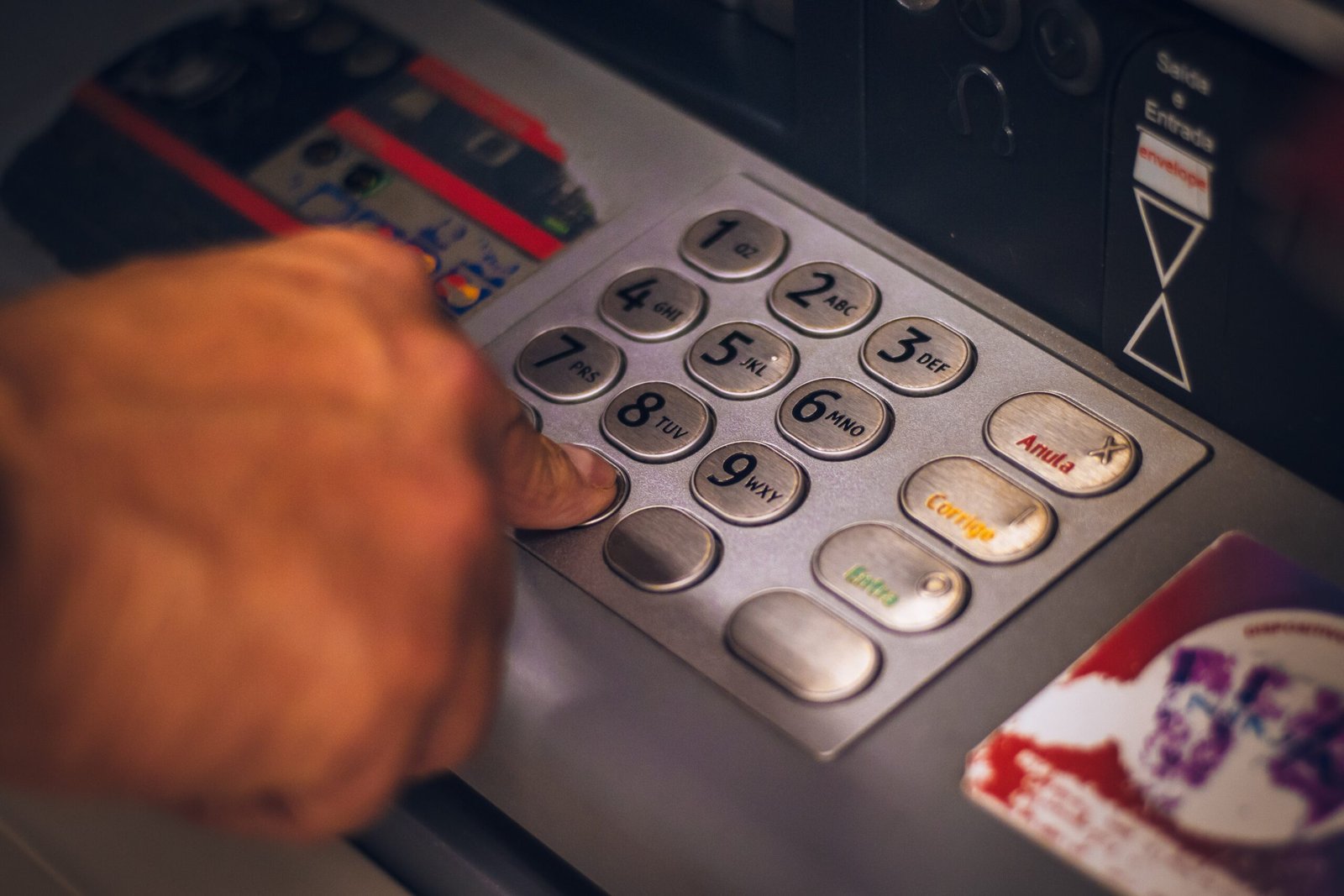In the heart of the digital revolution lies a financial paradigm shift that promises to redefine the way we think about banking and finance: Decentralized Finance, commonly known as DeFi. Born from the principles of blockchain technology, DeFi aims to recreate traditional financial systems such as lending, borrowing, and trading in a decentralized manner, free from intermediaries like banks or brokers.
The Core Principles of DeFi
At its core, DeFi leverages blockchain technology to create an open and transparent financial ecosystem. Unlike traditional banks that operate within a centralized framework, DeFi platforms are built on blockchain networks, allowing users to interact directly with smart contracts, which are self-executing agreements that automatically enforce the terms of a financial transaction.
Lending and Borrowing
One of the most revolutionary aspects of DeFi is its lending and borrowing platforms, such as Compound and Aave. These platforms enable users to lend their digital assets to others in exchange for interest or borrow assets by providing collateral. By eliminating the need for traditional financial intermediaries, DeFi lending platforms offer lower fees, higher accessibility, and greater transparency.
Decentralized Exchanges (DEXs)
In addition to lending and borrowing, DeFi has given rise to decentralized exchanges like Uniswap and SushiSwap. Unlike centralized exchanges such as Coinbase or Binance, which require users to deposit their assets on the exchange, DEXs allow users to trade directly from their wallets, maintaining control of their funds at all times. This peer-to-peer trading model enhances security, reduces counterparty risk, and fosters greater liquidity across various crypto markets.
Automated Market Makers (AMMs)
Central to the operation of many DEXs is the concept of Automated Market Makers (AMMs). AMMs use algorithms to automatically set the price of assets based on supply and demand, enabling efficient and decentralized trading. This innovation has democratized access to liquidity and reduced the barriers to entry for retail investors, leveling the playing field in the financial markets.
Challenges and Considerations
While DeFi offers a compelling vision for the future of banking, it is not without its challenges. Regulatory uncertainty, smart contract vulnerabilities, and scalability issues are just a few of the obstacles that must be addressed to realize the full potential of DeFi. Moreover, as the ecosystem continues to evolve, collaboration between developers, regulators, and users will be crucial to ensuring the long-term stability and sustainability of decentralized finance.
Conclusion
Decentralized Finance represents a paradigm shift in the financial industry, offering a more inclusive, transparent, and efficient alternative to traditional banking systems. By leveraging blockchain technology to eliminate intermediaries and empower individuals, DeFi has the potential to democratize access to financial services, spur innovation, and reshape the global economy. While challenges remain, the rapid growth and adoption of DeFi indicate that decentralized finance is not just a fleeting trend but a transformative force that is here to stay.





